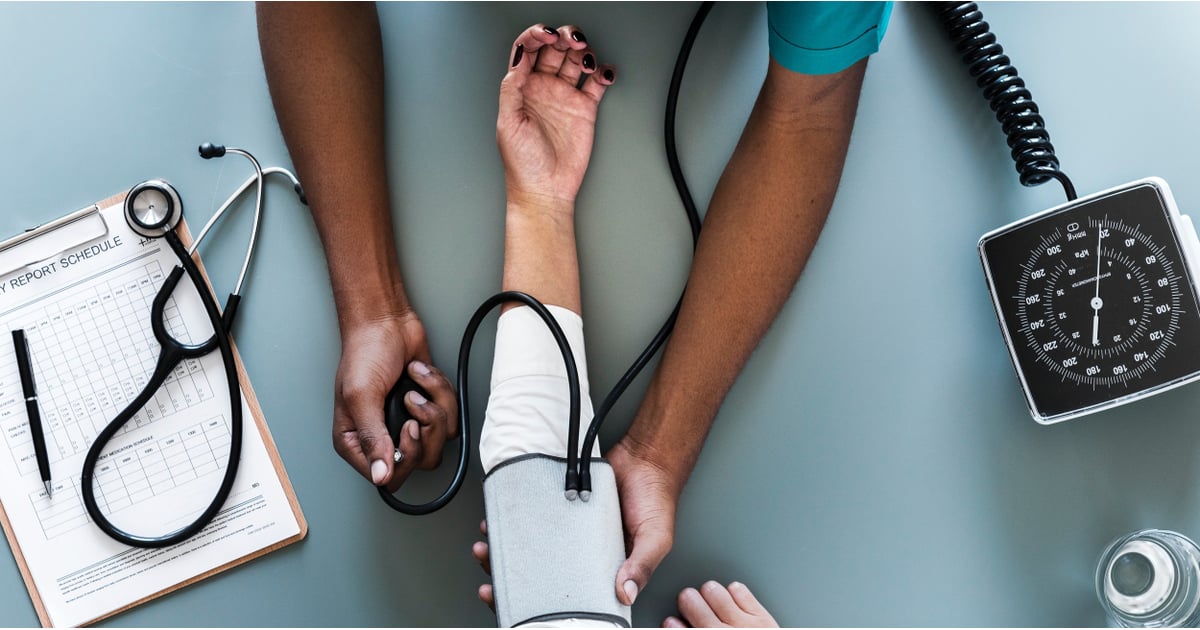Symptoms Of Scleroderma
Issues With Nutrient Absorption

Individuals with scleroderma often exhibit issues with nutrient absorption when the disease affects their gastrointestinal system. In healthy individuals, the food they eat moves through the esophagus and into the stomach where it is partially digested. Then, the partially digested food or chyme moves into the small intestine where the specialized lining absorbs essential nutrients from it. The digested food moves into the large intestine, and any remaining fluids are absorbed before it is excreted from the body. Individuals with scleroderma have issues with muscle tone in the areas of the stomach and small intestine.
Adequate muscle tone is required to efficiently move food through the digestive tract in a timely manner. Poor muscle tone and function cause the chyme to stagnate in the small intestine because the muscles are unable to propel it along. This stagnation allows the naturally occurring bacteria in the small intestine to multiply, invade, and steal nutrients from the chyme before the small intestine is able to absorb them. This malfunction causes the scleroderma patient to have multiple nutrient deficiencies that cannot be explained through other means.
Hypertension

Scleroderma patients often develop chronic hypertension, as this condition causes the body to create excess collagen and deposit it into connective tissues and blood vessels around the body. The blood vessels become thickened and stiff when they are affected, causing impairment to their ability to expand and appropriately adapt to the different conditions of the blood flowing through them. When general systemic hypertension is problematic, severe hypertension that becomes concentrated in the arteries that supply the affected individual's lungs, brain, heart, and kidneys can be life-threatening and urgent.
An individual with scleroderma-precipitated hypertension can incur kidney damage when hypertension occurs in the renal arteries that supply the kidneys with oxygenated blood. Heart damage can occur if hypertension becomes severe in the pulmonary arteries that supply the lungs because the right side of the heart has to work harder to pump blood into the lungs. This level of strain over time can result in pulmonary and right ventricular failure.
